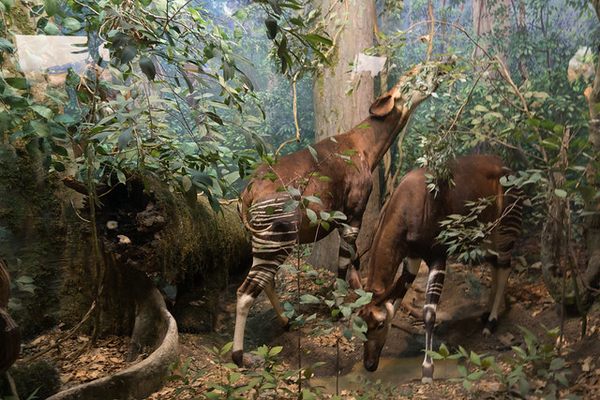AO Edited
N. W. Harris Learning Collection
Where dioramas can follow you home.
Many of the Field Museum’s thousands of specimens spend their days arranged inside dioramas—life-sized scenes that aim to emulate the creatures’ natural habitats. Visitors throng around these in the museum’s galleries, but a slew of smaller dioramas—petite enough to fit in cabinet drawer—live in a storage facility downstairs, where guests can check them out to take home.
The N. W. Harris Learning Collection began in the early 1900s, when the cabinets were loaded onto trucks that roved through the city, dropping off the little boxes at public schools. The objects trickled into the museum in various ways—sometimes, they were ones that didn’t have quite enough scientific value to warrant a coveted spot in the main galleries, or they were additional examples of things already represented in the collection.
Today, there are 400 diminutive exhibits spanning botany, ornithology, anthropology, and much more, from a mounted barn owl with outstretched wings to a miniature model of a gold mine and a step-by-step tableau about processing wheat into flour.
Another 60 hands-on kits are packaged with lesson plans that place the objects in context and give students and teachers a jumping-off point for classroom discussions. You don’t have to be a teacher to check them out, though: Party hosts looking to infuse their soiree with a dose of nerdy wonder will sometimes add a taxidermied creature to their guest list.
There’s a small fee to take a box home—checking out five items over the course of a year will set you back $35—but anyone can browse the aisles for a little dose of wonder.
Know Before You Go
The collection keeps different hours than the rest of the museum, and is closed for part of the summer. Check the website for details.





















Follow us on Twitter to get the latest on the world's hidden wonders.
Like us on Facebook to get the latest on the world's hidden wonders.
Follow us on Twitter Like us on Facebook